| From 1850-1880, agriculture was the primary employer in the Humboldt County region, and starting in the 1870s, a significant portion of those working in the industry were European immigrants. Danes and Italian-Swiss emigrated to Humboldt County to work in the dairy industry, which had been a strong industry in their home countries. The immigration trend continued into the 20th century as people from Norway, Portugal, Finland, and Italy came to work in the various industries in the county. |
| As part of a common trend across the west, cattle and pigs were staples in livestock production, as they could be used both locally and shipped to other parts of the state. Cattle were released into the countryside to graze until ready for market, and each animal was branded with a brand unique to the rancher who owned the livestock. These brands were registered to reduce the likelihood of conflict between ranchers whose cattle may have gotten mixed up with another herd or stolen. Like the miners, farmers, and commercial interests, ranchers were looking for their ‘gold mine’. In the late 1860s and 1870s, they had found it: wool from sheep. |

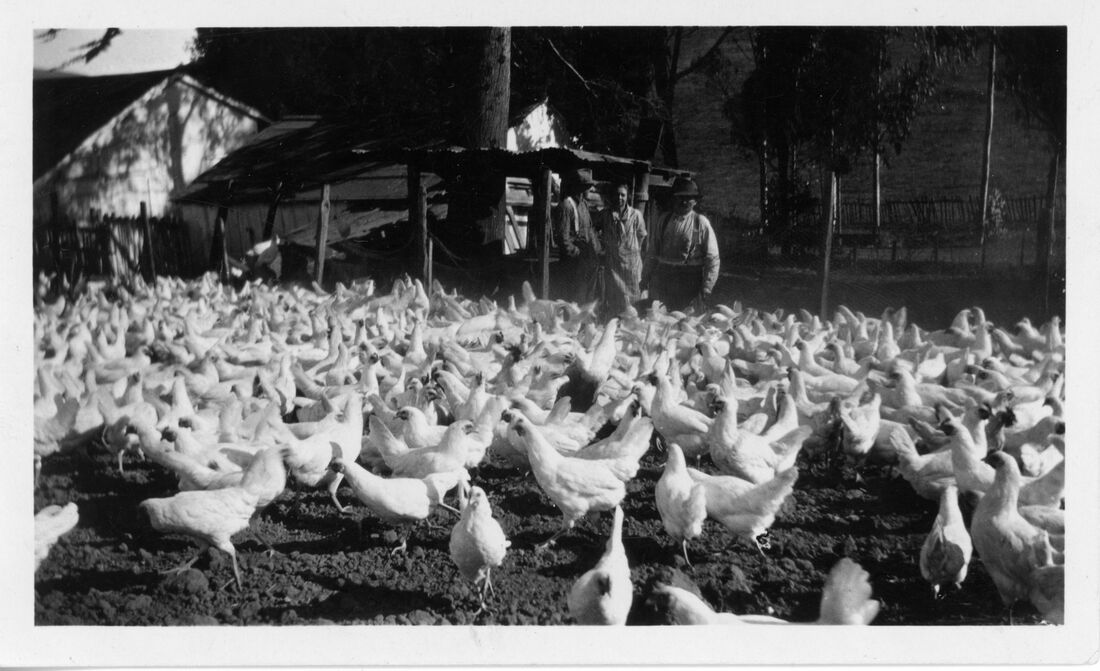
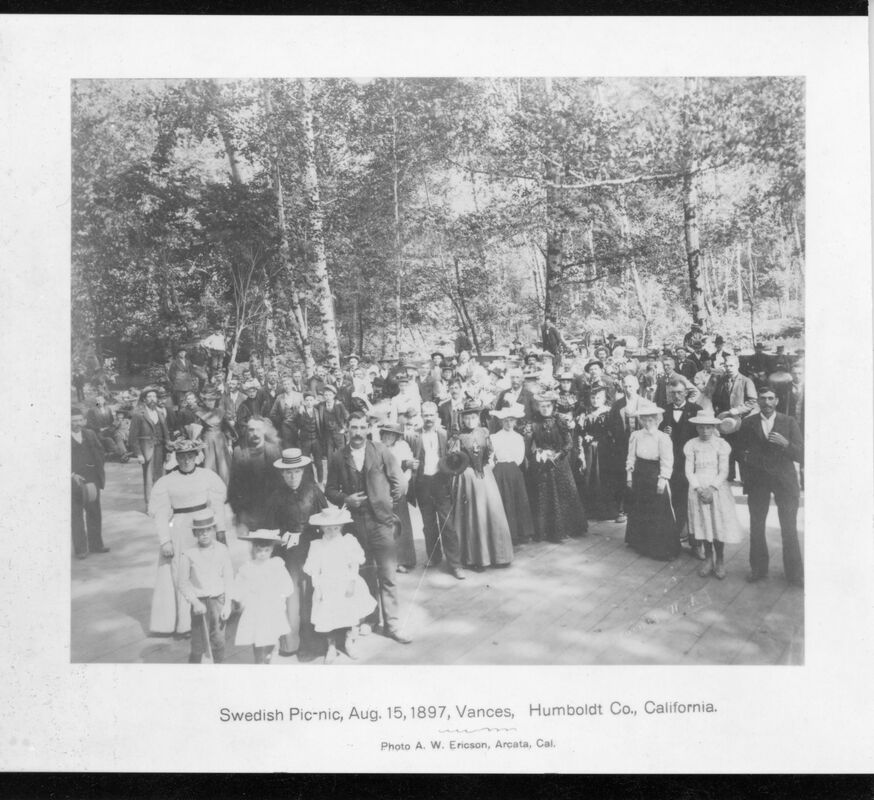
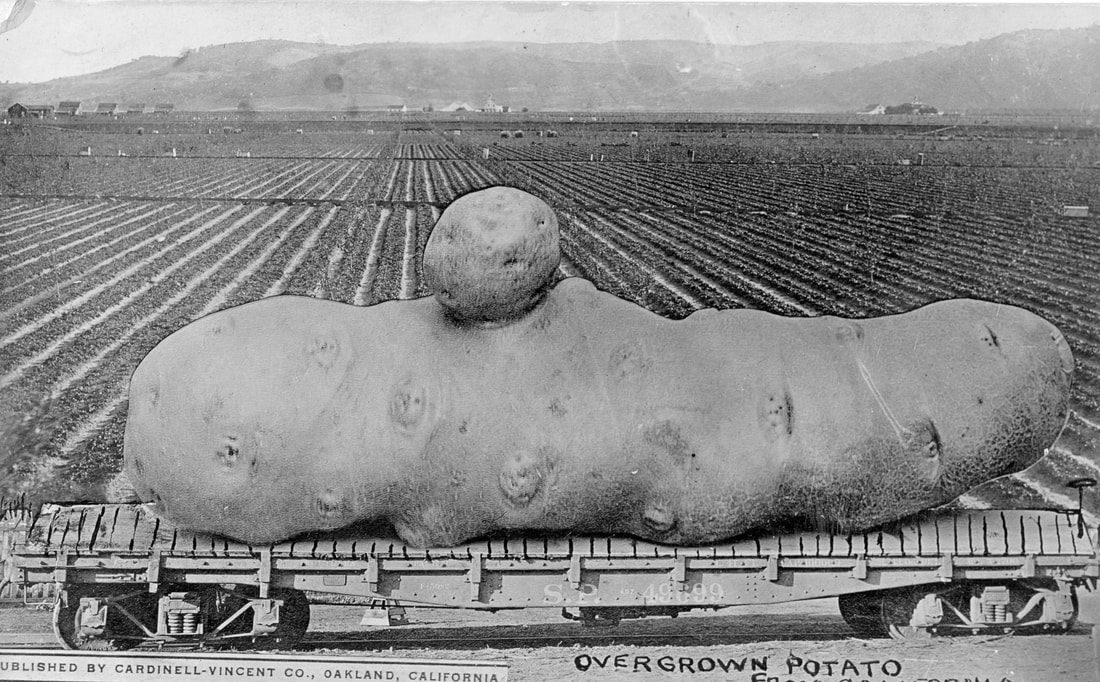
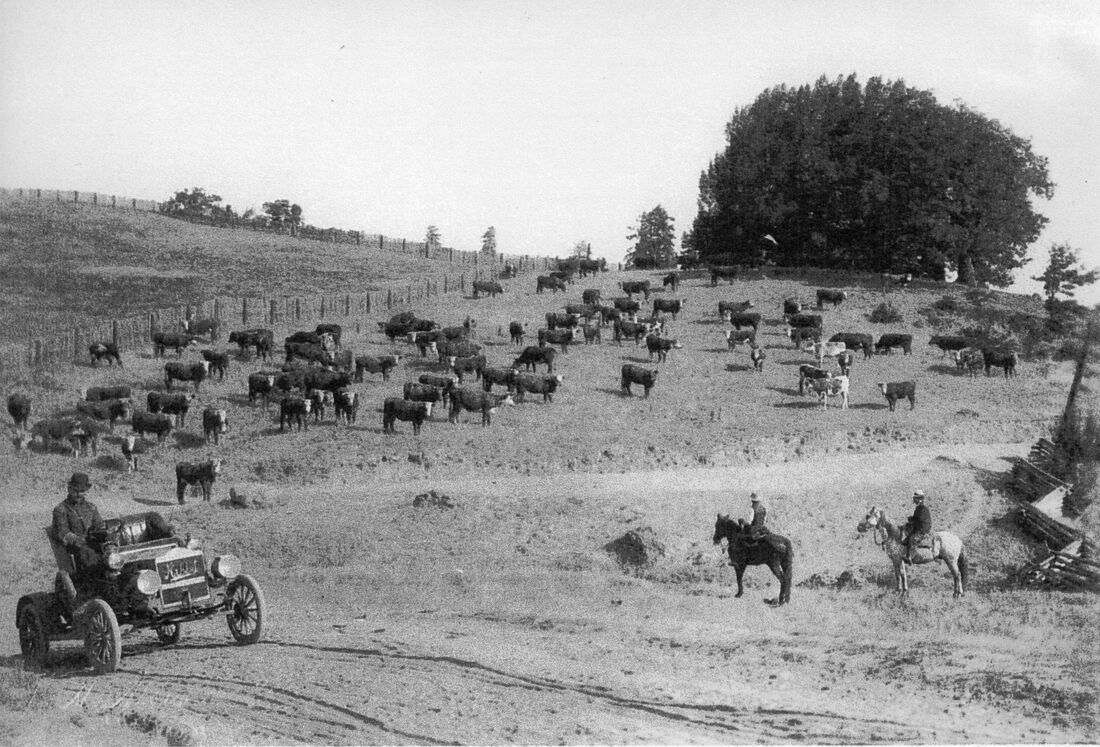
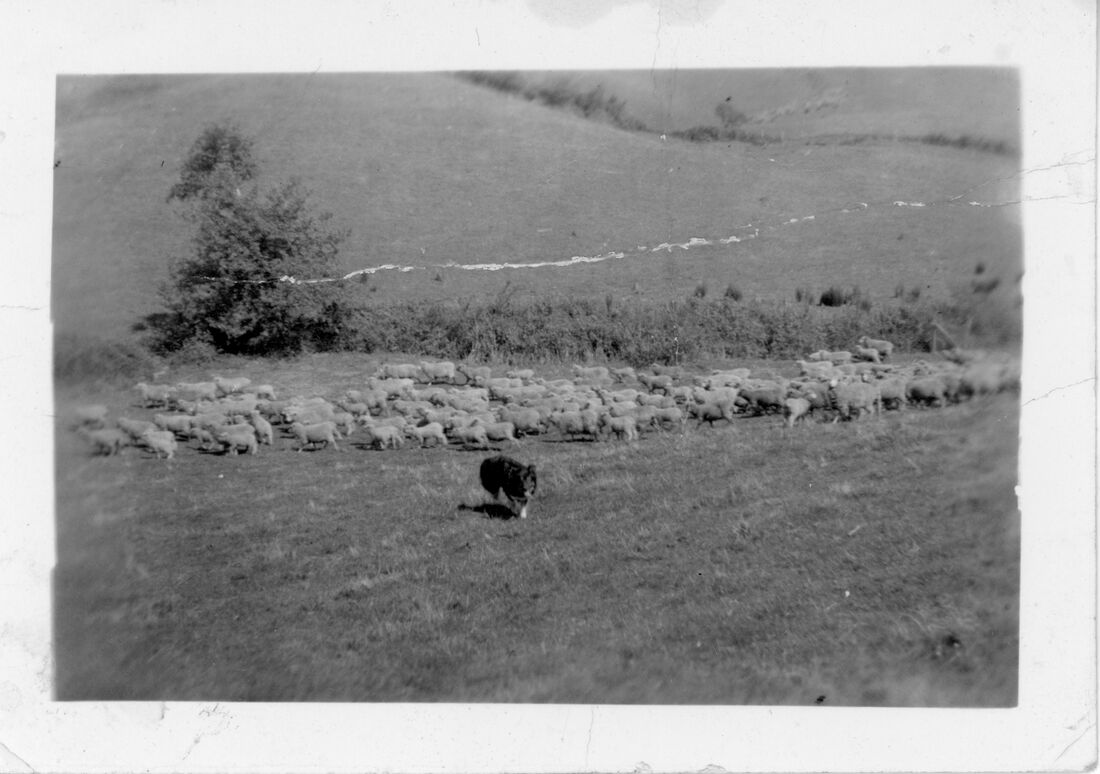
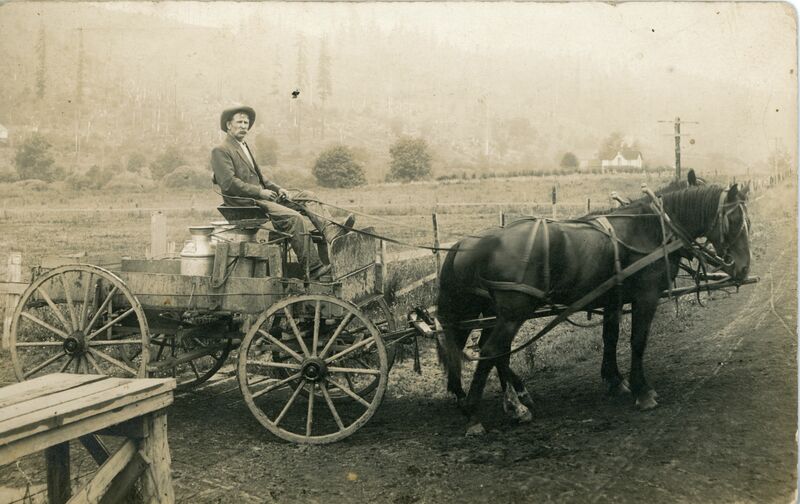
 RSS Feed
RSS Feed